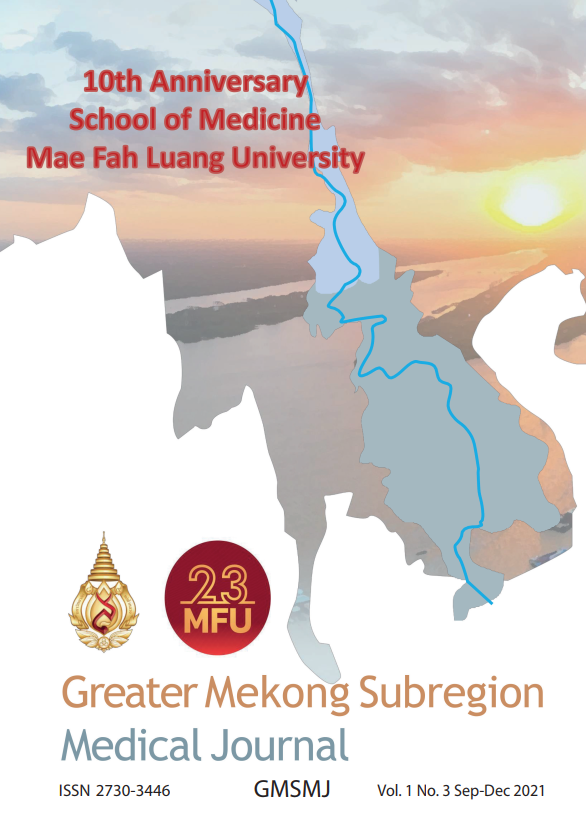Developing on Implant Biorubber Materials without Using Acid for Coagulation
Keywords:
Deproteinization, Fresh natural rubber latex, Rubber, Biomaterials, CaOAbstract
Background: Natural rubber latex (NRL) from Hevea brasiliensis is a colloidal anionic system formed by rubber particles (1,4-cis-polyisoprene) stabilized by phospholipids and protein molecules. Rubber biomaterials using as a novel technology could develop to apply as biomaterial based on a new manufacturing process, several new biomedical applications have been proposed since NRL is very biocompatible, stimulating cellular adhesion, the formation of the extracellular matrix, and promoting the replacement and regeneration of tissue. Objective: This study aimed to deproteinization from fresh natural rubber latex (NRL) and to coagulate the deproteinized natural rubber latex (DNRL) for using as implant biomaterials with novel technology without using acid for coagulation.
Methods: Coagulated DNRL films is often used to prepare the blended films by solutioncasting technique. Its films presents interesting physical properties in elasticity.
Results: The deproteinized NRL containing various CaO gave lower modulus values comparing with the control films.
Conclusion: In this experiment, the blended films of DNRL and various CaO could form appropriate films. The physical and mechanical properties of the blended films depended on type and content of CaO addition. From the good elasticity of blended films, they could develop to apply as the production of a biomaterial of NRL that has been used to replace vessels, esophagus, pericardium, and abdominal wall.
References
Eng AH, Tanaka Y. Structure of natural rubber. Trends Polym Sci 1993; 3: 493–513.
Tarachiwin L, Sakdapipanich J, Tanaka Y. Structure and origin of long-chain branching and gel in natural rubber. Kautsch. Gummi Kunstst 2005; 58: 115–22.
Tarachiwin L, Sakdapipanich J, Ute K, Kitayama T, Tanaka Y. Structrual characterization of terminal group of natural rubber. 2. Decomposition of branch-points by phospholipase and chemical treatments. Biomacromolecules 2005; 6: 1858–63.
Sakdapipanich J, Nawamawat K, Kawahara S. Characterization of the large and small rubber particles in fresh Hevea latex. Rubber Chem Technol 2002; 75: 179–85.
Hasma H, Subramaniam A. Composition of lipids in latex of Hevea brasiliensis clone RRIM 501, J. Nat. Rubb. Res. 1 (1986) 30–40.
Tanaka Y, Kawahara S, Tangpakdee J. Structural characterization of natural rubber. Kautsch. Gummi Kunstst 1997; 50: 6–11.
Cornish K, Wood DF, Windle JJ. Rubber particles from four different species, examined by transmission electron microscopy and electronparamagnetic resonance spin labeling, are found to consist of a homogeneous rubber core enclosed by a contiguous, monolayer biomembrane. Planta 1999; 210: 85–96.
Wren WG. Application of the Langmuir through to the study of rubber latex. Rubber Chem Technol 1942; 15: 107–14.
Gomez JB, Subramaniam A. Some recent electron microscopic studies of Hevea latex particles. Proc Int Rubb Conf., Kuala Lumpur 1986, pp. 510–24.
Ho CC, Kondo T, Muramatsu N, Ohshima H. Surface structure of natural rubber latex particles from electrophoretic mobility data. J Colloid Interface Sci 1996; 178: 442–5.






